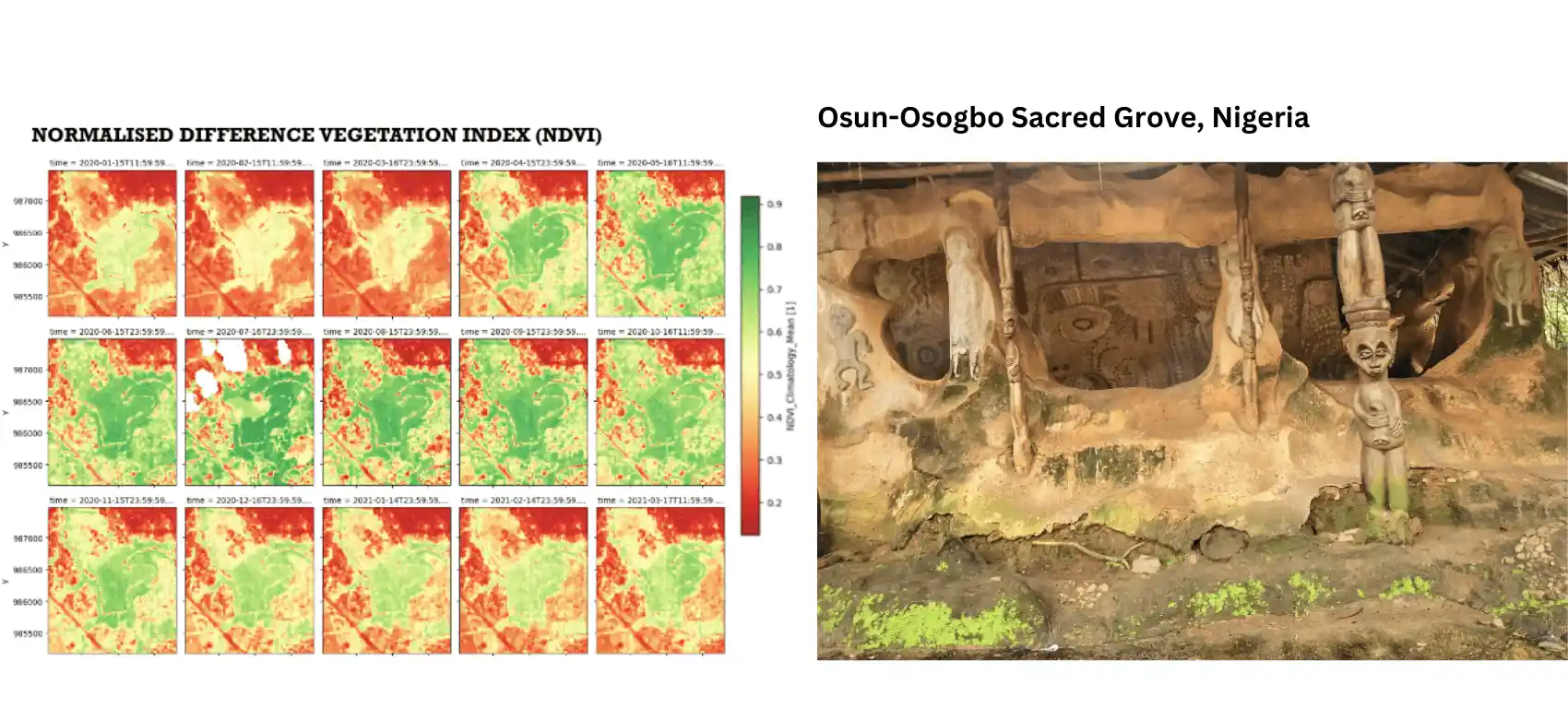Heritage Day in South Africa is celebrated on 24 September each year, and it provides an opportunity to recognise the rich and diverse heritage that is woven into the fabric of Africa. As a continent we are very closely linked to our heritage – it plays an active role in our lives. But preservation of this rich heritage is not only in our lived experience; it is also in managing and protecting the sites of our heritage.
According to UNESCO, Africa region has currently 98 properties that are inscribed on the World Heritage List, including 54 cultural properties, 39 natural properties and five mixed properties. Conservation of UNESCO World Heritage in the Africa region is continuously monitored by the Reactive Monitoring mechanism. While the Reactive Monitoring mechanism focuses on issues such as armed conflict, natural disasters, pollution, and unchecked tourist development, among others, conserving heritage sites can be complex in that it must take cognisance of local practices around those sites without compromising the sustainability of the sites.
Intriguing research undertaken by Jokotola Omidiji, through the Geography Department at the University of Lagos Akoka, has used Digital Earth Africa’s tools to answer the question about the relationship between biological communities and the deterioration of cultural heritage in temperate and tropical countries.
Jokotola says, “Research in temperate regions in Africa reveals a complex relationship between biology and stone and rock heritage structures, including bioerosion, bioprotection, and bioconservation. The impact of greenery on historic cultural heritage sites in tropical countries is under-explored, with little understanding of how it affects the thermal and physical conditions of these sites.”
Jokotola’s research includes an investigation of the Osun-Osogbo Sacred Grove, which is one of the cultural heritage sites in Africa that preserves one of the last remnants of primary high forest in southern Nigeria which she says illustrates the connection between cultural practices and biodiversity conservation. The physical condition of the grove and its structures, as evidenced by cracks in walls and floors, peeling plasters, and outdated sculptures, indicate a pressing need for immediate and comprehensive conservation measures.
The Osun-Osogbo Sacred Grove, which is a forest sanctuary hosts the Osun festival each year in August. Each year around 10,000 visitors from all over the world travel here to worship and engage in traditional spiritual practices.
Jokotola’s research objectives have been to:
- Document surface changes from biology and weathering processes influenced by climatic and environmental factors within the Osun-Osogbo Sacred Grove UNESCO World Heritage Site (WHS); and
- Investigate the effects of dense biological cover on and around the sacred site, as there is currently a lack of documented surface change data regarding weathering rates and responses of heritage structures to current and future climate and environmental scenarios.
The research tracked – or mapped – surface changes to examine occurrences of bio-soiling on the heritage structures and linking to factors such as seasonal rainfall (CHIRPS notebook), humid conditions, changing air and land surface temperatures (Temperature notebooks), and dense forest cover and health (Normalized Difference Vegetation Index NDVI).
The research mapped revealed bio-soiling occurring on heritage structures due to algal colonisation induced by seasonal rainfall, humid conditions and dense forest cover. This paves the way for further work to link weathering intensity and causative factors to physical changes in heritage structures; the relative contribution of repeated wetting and drying, biological cover, thermal weathering from structure-scale physical attributes including aspects such as surface roughness, surface temperature, substrate strength and relative humidity.
Future investigation will involve the quantification of surface change rates and classification of biological activities to help promote sustainable heritage site management and inform appropriate conservation practices.
 English
English  Português
Português  Français
Français  العربية
العربية 